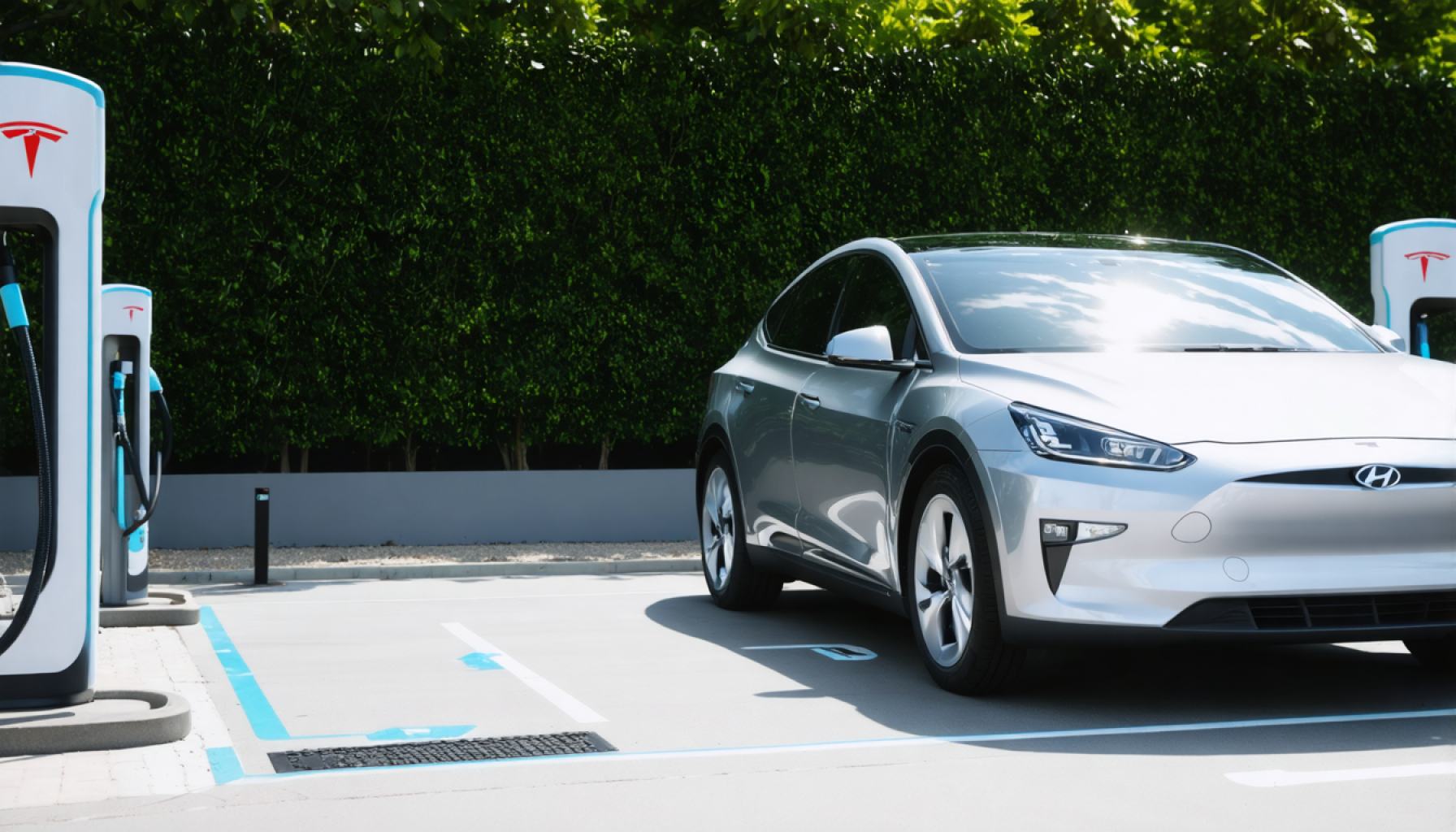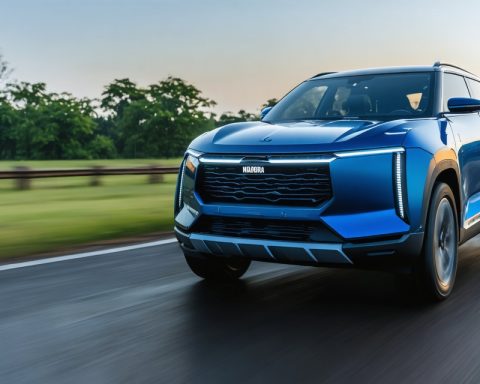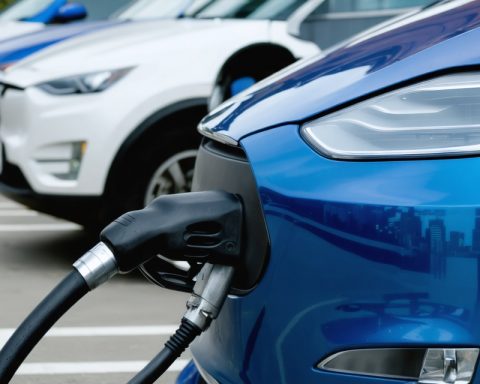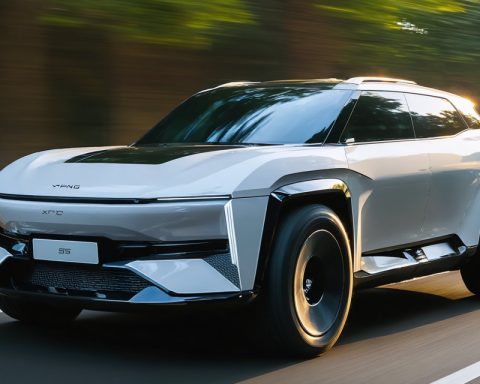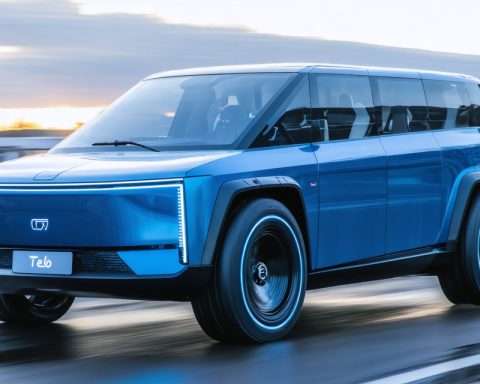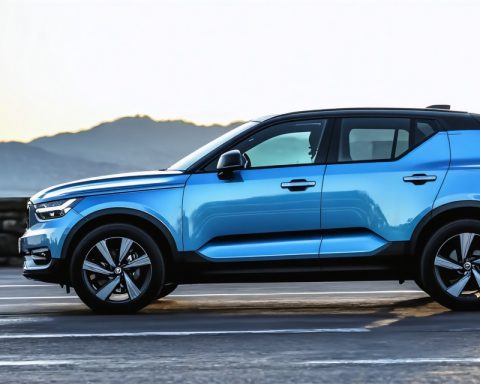- Hyundai expands electric vehicle capabilities by integrating with Tesla’s supercharger network, enhancing access to over 20,000 stations across the US.
- Current Hyundai EVs like the KONA Electric, IONIQ Electric hatchback, IONIQ 5, and IONIQ 6 can utilize Tesla chargers with a NACS adapter, doubling fast-charging opportunities.
- Hyundai provides complimentary adapters to existing EV owners starting April 7, with more advanced integrations planned for future models.
- Future Hyundai models, such as the 2025 IONIQ 5 and 2026 IONIQ 9, will be equipped with native NACS ports for streamlined charging.
- Hyundai invests $21 billion in US operations (2025-2028) to boost EV production and infrastructure, reinforcing their commitment to sustainable mobility.
- Additional incentives include out-of-home charging credits and complimentary Level 2 home chargers for enhanced user convenience.
- This strategy aims to make electric mobility and seamless charging more accessible, driving a clean energy future.
The electric hum of innovation just got a whole lot louder, thanks to Hyundai’s audacious leap forward in the realm of electric vehicle charging. Picture this: Hyundai’s fleet of cutting-edge EVs, now seamlessly tapping into Tesla’s expansive supercharger network, weaving across the vast American landscape with newfound agility and ease.
Hyundai has unequivocally raised the stakes, electrifying its lineup of the KONA Electric, IONIQ Electric hatchback, IONIQ 5, and IONIQ 6. Armed with the necessary combined charging system (CCS) port and a sleek North American Charging Standard (NACS) adapter, these vehicles are poised to plug into over 20,000 Tesla superchargers dotted across the nation. An impressive feat, this strategic move is designed not just to improve but to revolutionize the charging experience for Hyundai EV patrons, doubling their encounters with fast-charging stations.
This initiative isn’t limited to future buyers. Starting the week of April 7, current Hyundai EV owners—those proud early adopters—will begin receiving the coveted email that unlocks details on acquiring their complimentary adapter. For those who secured their electrified steeds before January 31, 2025, this is not just an upgrade, but a pathway to an electrified future filled with possibilities.
It’s more than just a convenience; it’s a promise from Hyundai to make the transition to electric vehicles as frictionless as possible. Olabisi Boyle, echoing this commitment, outlines the ethos: more choice, more freedom, more power to the people who have dared to choose cleaner, greener roads.
And Hyundai’s ambitions don’t stop there. Future iterations of electric greatness—2025’s IONIQ 5 and 2026’s IONIQ 9—will emerge with native NACS ports, bridging the gap between what is and what can be. Meanwhile, the Savannah, Georgia site stands as a testament to Hyundai’s pledge, hustling to crank out batteries and EVs at a pace that matches the surging demand.
The wave of change surges further with enticing options for the current and soon-to-be Hyundai family members. They can swoon over a generous out-of-home charging credit or opt for a complimentary Level 2 home charger, a nod to the sophisticated simplicity of seamless home charging.
In a bold stride, Hyundai Motor Group declares its intent with a mammoth $21 billion investment in the US from 2025 to 2028. This is more than just expanding production; it’s a concerted push to accelerate the development of the tech that will power tomorrow and carve out the infrastructure needed to support this electric revolution.
Here’s the key takeaway: Hyundai isn’t just building electric vehicles; they’re engineering a future where electric mobility is the norm and charging is as ubiquitous as refueling once was. Every adapter sent, every supercharger accessed, every forward-thinking investment made is a step towards a world where clean energy drives the narrative. With Hyundai’s strategic alliance with Tesla’s supercharger network, the promise of an electrified tomorrow has never felt closer.
Maximize Your Charging Potential: Hyundai’s Game-Changing EV Strategy with Tesla Superchargers
Hyundai Gains Access to Tesla’s Supercharger Network: What It Means for EV Owners
Hyundai’s recent announcement marks a significant shift in the electric vehicle (EV) landscape, offering Hyundai EV drivers access to Tesla’s extensive supercharger network. This strategic move enhances the ease and convenience of charging for Hyundai customers and represents a milestone in the broader adoption of electric mobility.
How Hyundai’s Move Benefits EV Owners:
1. Widespread Access: Hyundai EV drivers can now use over 20,000 Tesla superchargers across the USA. This expanded accessibility drastically reduces the range anxiety associated with electric vehicles.
2. Compatibility: Hyundai’s EVs are compatible with these charging stations thanks to the Combined Charging System (CCS) port paired with a North American Charging Standard (NACS) adapter. This ensures seamless integration into Tesla’s charging infrastructure.
3. Future-Proofing: Commitment to producing future EV models with native NACS ports, such as the upcoming IONIQ 5 in 2025 and IONIQ 9 in 2026, indicates Hyundai’s dedication to long-term compatibility and innovation.
Real-World Use Cases:
– Efficient Cross-Country Travel: With access to Tesla’s superchargers, Hyundai EV owners can confidently embark on long-distance journeys without worrying about where to charge next, significantly enhancing road trip possibilities.
– Urban Charging Convenience: City dwellers who own a Hyundai EV can now more conveniently utilize Tesla charging stations, significantly increasing the number of fast-charging options in urban environments.
Hyundai’s Investment in the US:
A planned $21 billion investment from 2025 to 2028 will not only stimulate production but also significantly impact the development of EV technologies and infrastructure. This proactive approach includes manufacturing sites such as the Savannah, Georgia location, which is already contributing to the growing demand for batteries and EVs.
Pros and Cons Overview:
Pros:
– Increased Charging Options: Access to an expansive network significantly improves the charging experience for Hyundai owners.
– Free Adapter for Existing Customers: Hyundai is offering a complimentary adapter to existing customers who purchased before January 31, 2025.
– Corporate Responsibility: This move demonstrates Hyundai’s commitment to sustainable transportation and reducing carbon emissions.
Cons:
– Potential Network Load: An influx of new users could lead to increased wait times at some supercharger locations.
– Adapter Dependency: Until native NACS ports are available on future models, reliance on adapters remains a temporary solution.
Actionable Recommendations for Hyundai EV Owners:
– Acquire Your Adapter: If you’re an existing Hyundai EV owner, watch for the email from Hyundai regarding your complimentary NACS adapter and register to receive it promptly.
– Plan Your Routes: Leverage Hyundai’s expanded charging network to plan longer trips with more charging options available.
– Take Advantage of Offers: If you’re in the market for a Hyundai EV, consider current options like out-of-home charging credits or a complimentary Level 2 home charger.
Hyundai’s partnership with Tesla’s supercharger network is a bold step towards making EVs a more viable option for everyday consumers. This move not only benefits existing Hyundai EV owners but also sets a precedent for other automakers to enhance collaboration and interoperability in the electric vehicle market. For more information on Hyundai’s latest innovations and vehicle offerings, visit Hyundai.
